Modularity — or the ability to switch out individual parts and pieces — isn’t as far-off of a concept for phones anymore. Thanks to big tech names like Google and Motorola (who threw their hats in a few years back), we became more used to the idea of a modular phone being a real product instead of a distant pipe dream.


Now playing:
Watch this:
Modular phones: Where are they now?
1:33
Being able to swap your phone’s hardware has many benefits, like the ability to customize your handset to your preferences and needs. For instance, if you’re going on vacation and you know you’ll snap tons of photos, you can upgrade your phone’s camera module with a better camera lens. Modularity will also let you hang onto your phone longer. Instead of having to chuck the whole thing out whenever Company X releases a new flagship, you can replace and upgrade the parts you want at a cheaper price.
But just because the concept sounds great, doesn’t mean the execution will be. Though some companies continue to toy with the idea (either with modularity itself or modular accessories), others tried the same and didn’t succeed. Here are the handful of phones and companies that are trying, or have tried, to make modular phones a mainstream feature.
Editors’ Note: This piece was originally published June 30, 2016 and has since been updated with new information.
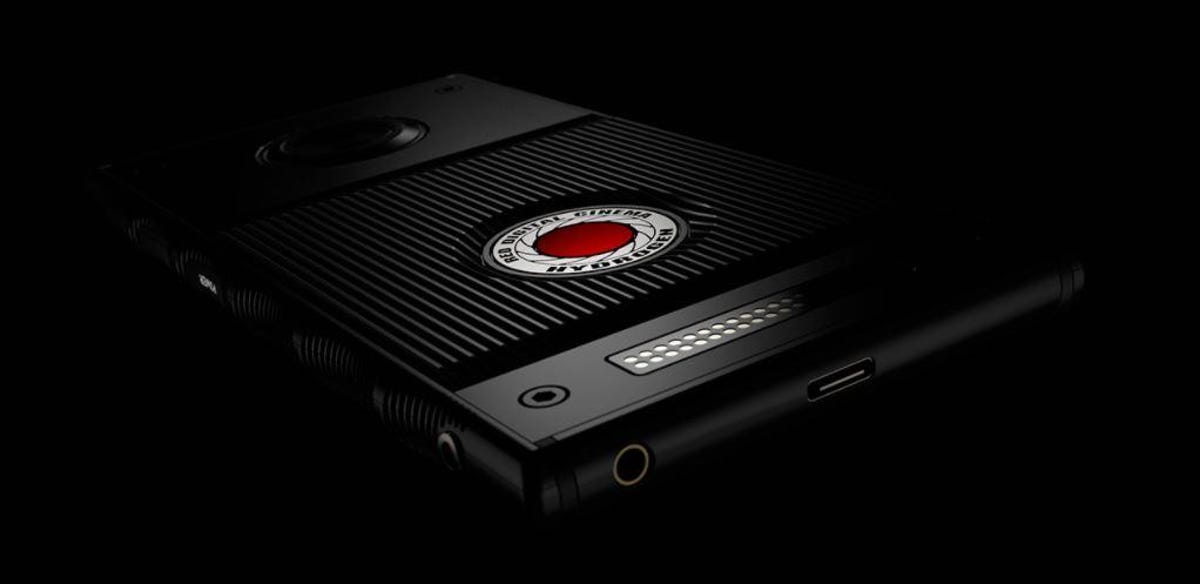

The Red Hydrogen phone melds modularity and “3D” images together.
Red Hydrogen
Red Hydrogen
There are plenty of reasons there is so much hype around this $1,195-$1,595 Red Hydrogen phone (or roughly £925 -£1,235 and AU$1,580-AU$2,110). Not only does it have a 4-View “holographic display that lets you look around and behind 3D images on the screen, it also has modular attachments, including stackable battery and camera modules. The phone is supposed to ship out soon, around Q1 to 2018, so it won’t be too long until we should get our hands on it. Read the Red Hydrogen first-take.
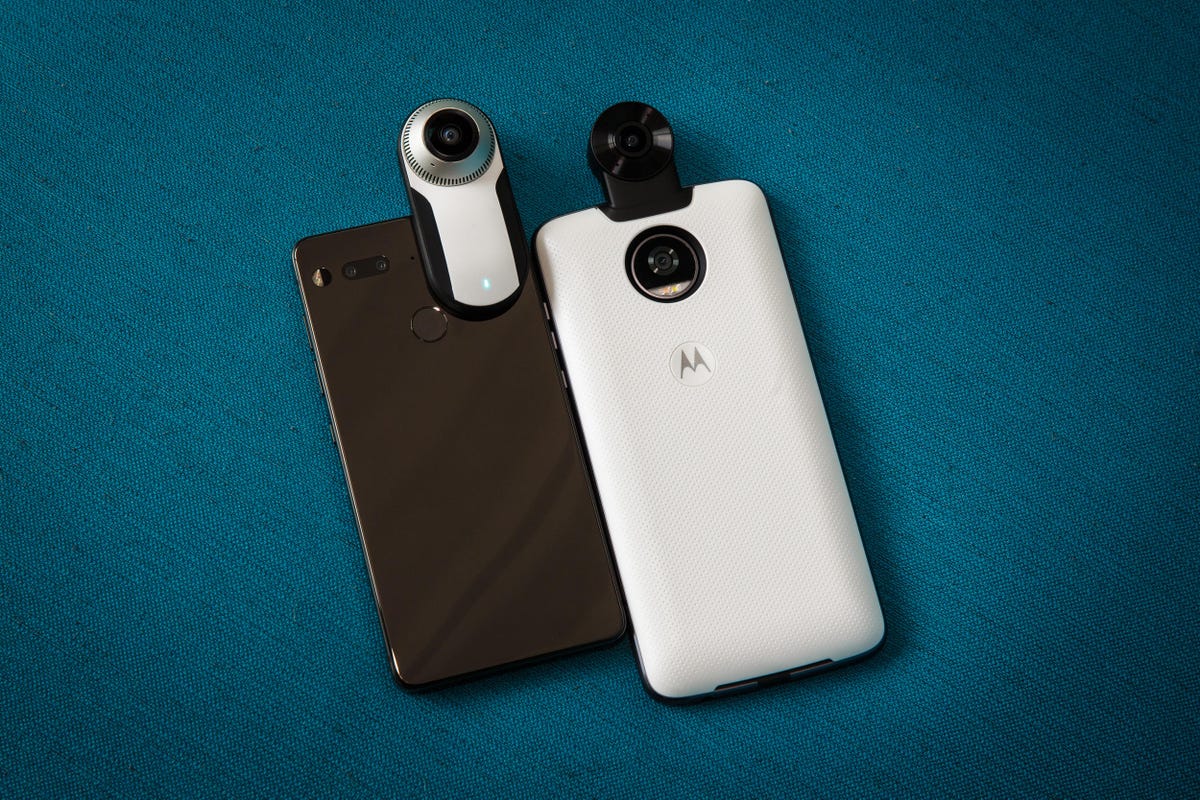

A 360-degree camera attaches easily to the Essential Phone.
Josh Miller/CNET
The Essential Phone
Created by the father of Android Andy Rubin, the Essential Phone was hyped up long before its August 2017 launch. In addition to its thin bezels and luxurious design, the phone had a magnetic backing that allows users to attach accessories, like a 360-degree camera. Unfortunately, the camera isn’t very good, its battery life is unimpressive and there’s no headphone jack. While the future of the phone is still unknown, we really hope this isn’t the last we’ve seen of Essential. Read the Essential Phone review.
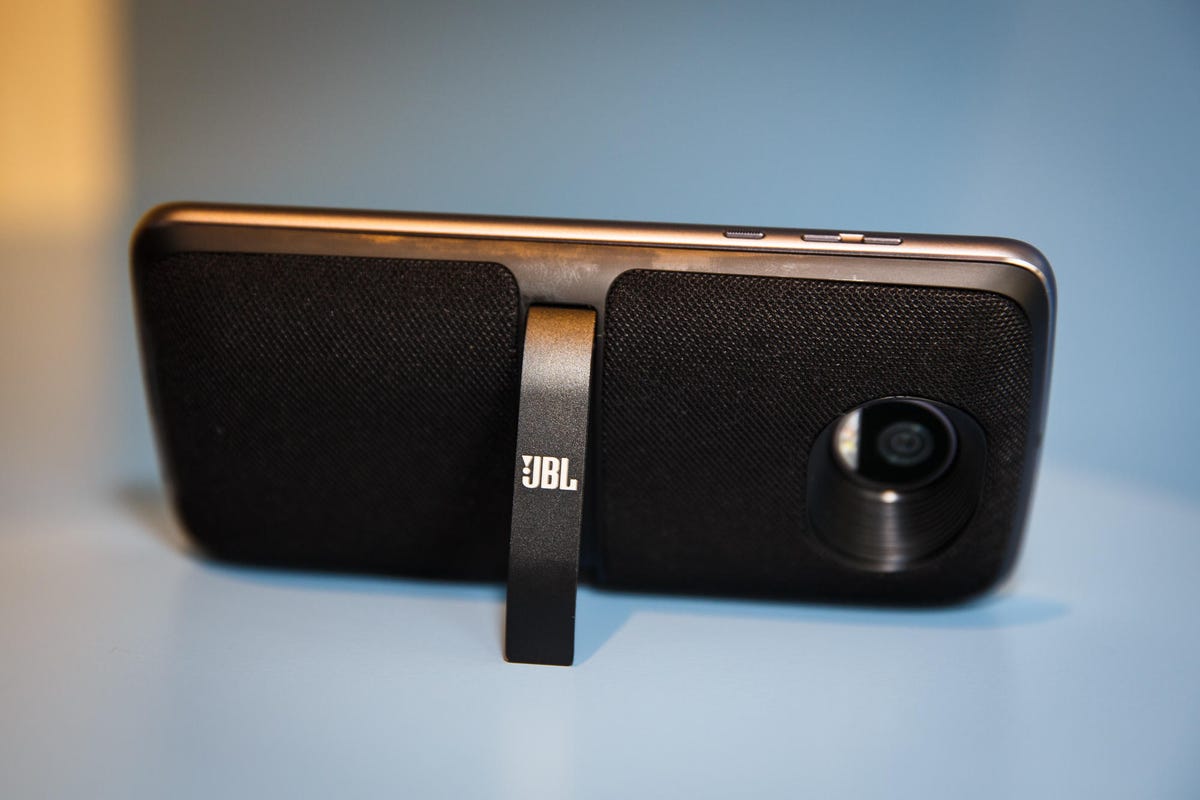

With this JBL Mod, the Z2 Play becomes a wireless speaker.
Josh Miller/CNET
Motorola Moto Z2 Force and Moto Z2 Play
As the successors to 2016’s Moto Z lineup, this isn’t Lenovo‘s first foray into modularity. The Z2 Force and Z2 Play still retain the magnetic pins on the back, which let them seamlessly connect to extra Moto Mod accessories. These Mods add extra functionality to the phone, like boosting its battery, adding a better camera or turning it into a video projector. The fact that Lenovo is continuing the concept is telling, and according to John Touvannas, director of the Moto Mods program, the line is considered a success with consumers. Read the Moto Z2 Force and Z2 Play review.
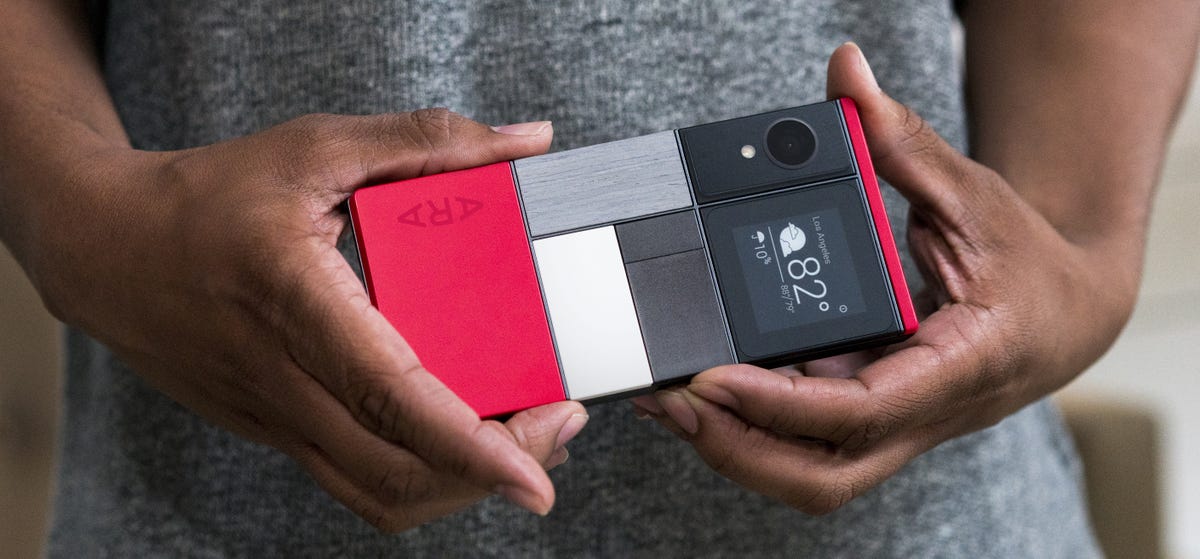

The prototype of what was going to be the Project Ara Developer Edition.
Google
Google Project Ara
In early 2016, Google’s highly anticipated modular phone initiative, known as Project Ara, appeared to be leaving development limbo. The company said it was going to be consumer-ready by 2017 and people were excited. The phone was unique and had mix-and-match hardware components that snapped on to an endoskeleton frame like Lego. Unfortunately, Ara never materialized. By September 2016, it was revealed that the project was put on hold, indefinitely. More like Project Sayonara.
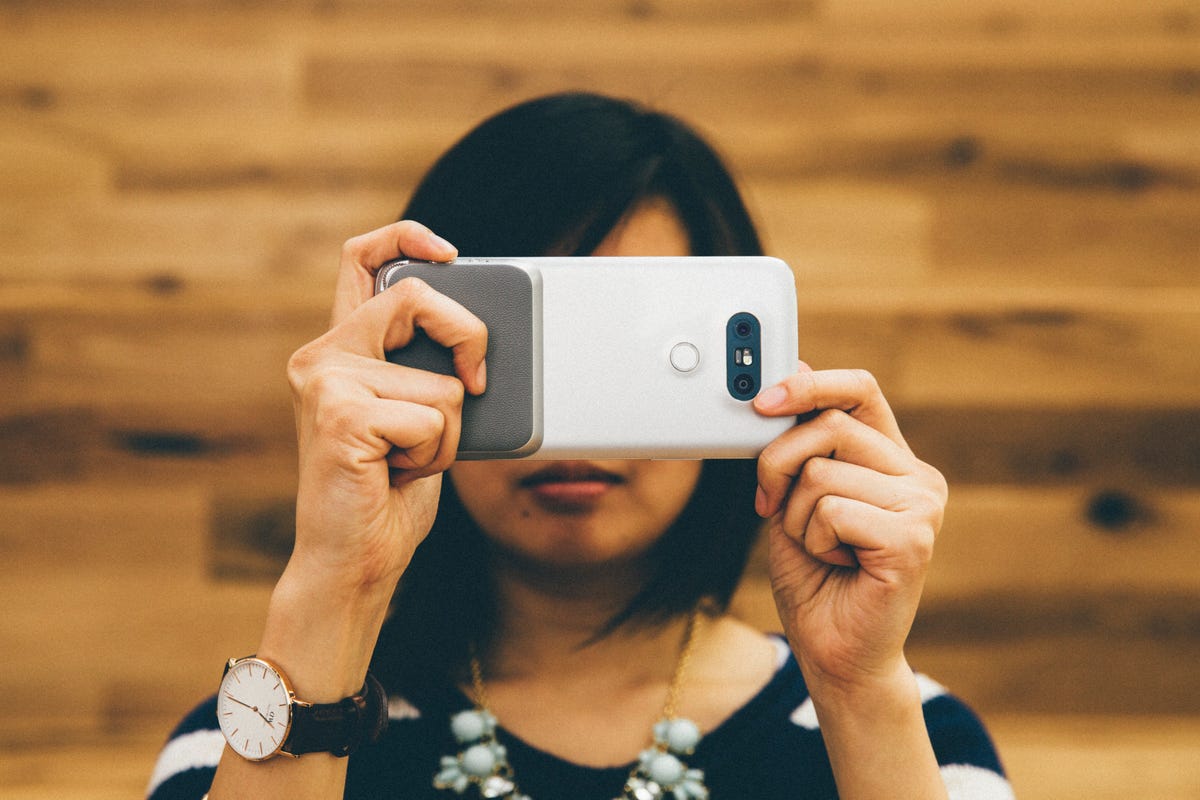

With the G5’s camera grip, you can snap photos in a more easy and comfortable manner.
James Martin/CNET
LG G5
In February 2016, LG launched the G5, which enabled users to remove the battery in an unorthodox way. The phone’s bottom bezel slid out, along with the battery, allowing other accessories like a camera grip and a digital-to-audio converter to attach to the phone. Though it was unique, the phone company didn’t continue with the design and released the more traditional G6 last year instead. Womp womp. Read the LG G5 review.
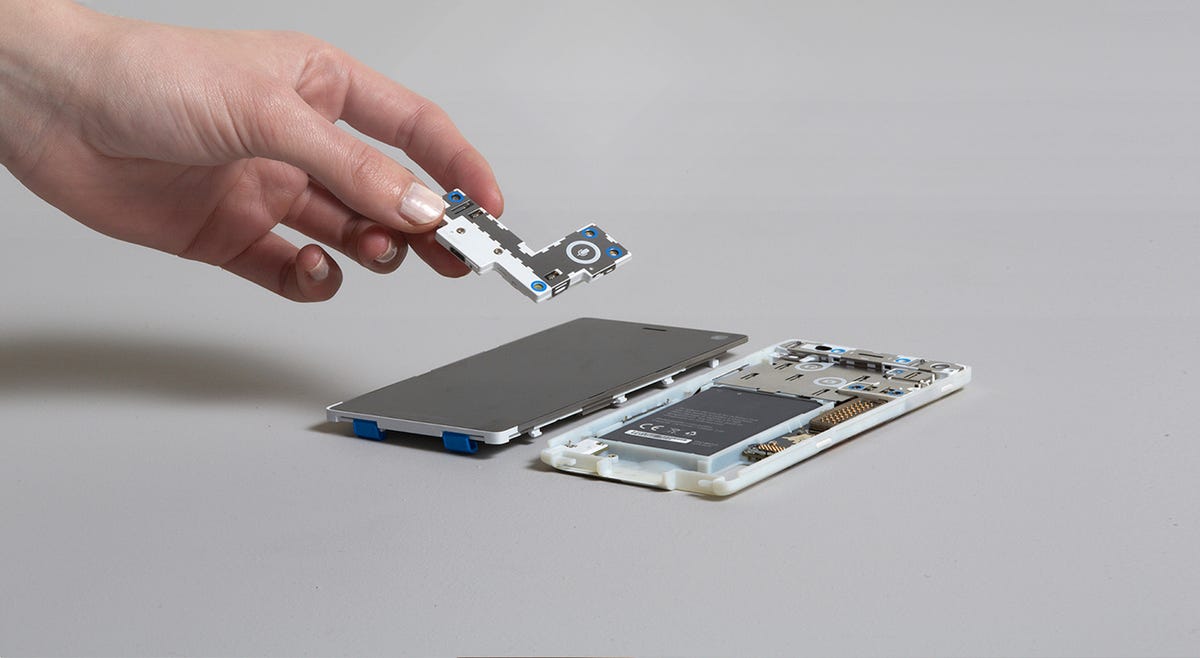

The Fairphone 2 is meant to be easy to upgrade and repair.
Fairphone
Fairphone 2
Though Fairphone isn’t as well known as the other companies, it debuted in 2013 and is now on its second flagship phone. The company emphasizes social consciousness and ethical manufacturing, but what makes it truly unique is that the phone opens up so the users can easily repair and upgrade individual parts. Despite being a small company though, the phone released its first upgrades to its camera modules last September.
Read more:
- The world just isn’t ready for modular phones: Google and LG couldn’t make modular phones work. What does this mean for Lenovo as the only one left trying?
- Motorola’s modular future is mostly battery packs: Moto’s got a handful of Mods on the horizon, but there are too many charging solutions… and too few big ideas.



